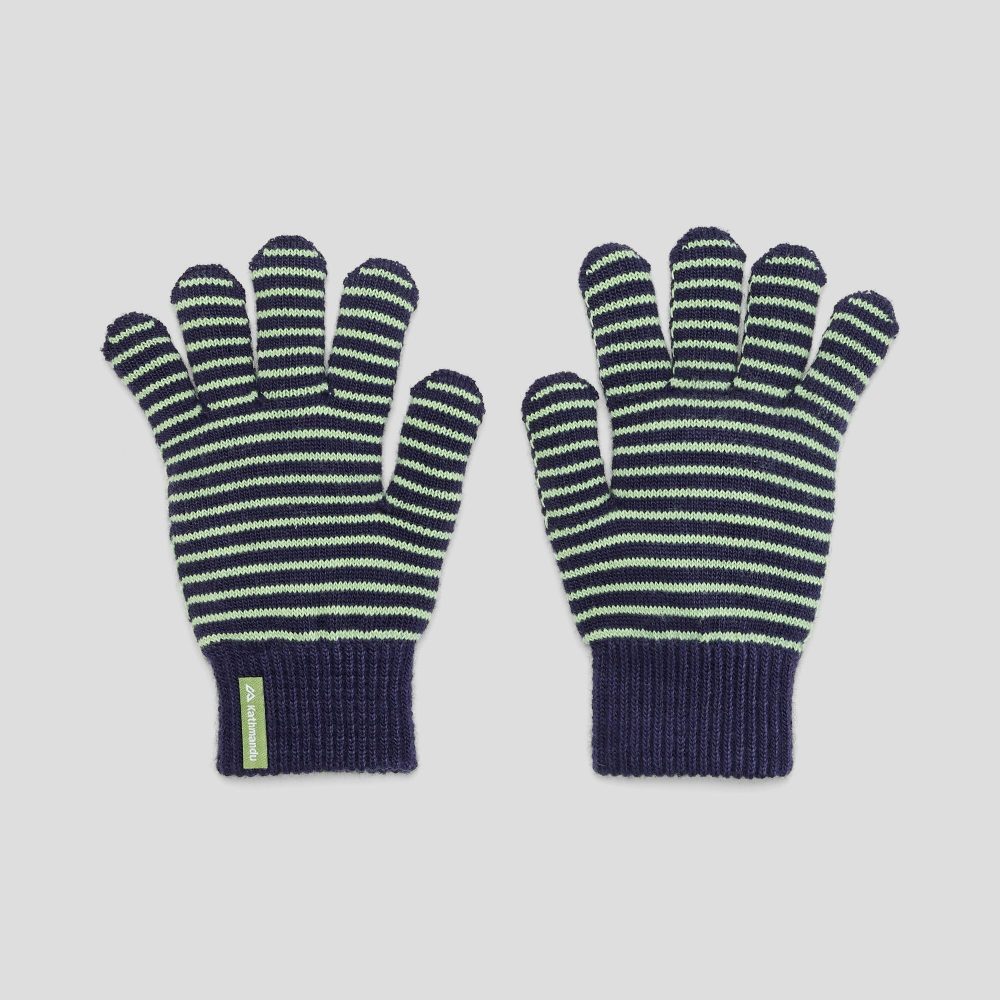Criteria for Selecting Kids’ Gloves
When choosing gloves for kids, consider several crucial criteria to ensure their hands are protected while maintaining comfort. First, think about the purpose. Will the gloves be for everyday use or a specific activity? Look for durability in everyday gloves, while activity-specific gloves should suit the demands of the task.
Next, focus on the fit. Gloves should be snug but not too tight. They should allow for full movement of the fingers. A proper fit helps retain warmth and enhances dexterity, which is especially important for kids who are still developing fine motor skills.
Check the material as well. The fabric should be suitable for the weather and the child’s activities. For cold weather, insulated gloves for kids are a must. For other activities, like biking or climbing, a breathable fabric might be better.
Don’t overlook ease of use. Kids are more likely to wear gloves that they can put on and take off without a struggle. Features like Velcro straps or elastic wrists can help with this.
Lastly, consider the glove’s safety features. Reinforced palms and fingers can protect against scrapes and cuts. Reflective elements are a plus for visibility if kids will be out after dark or in low-light conditions. When you factor in these criteria, you’ll be able to select the best gloves for kids that ensure safety, comfort, and functionality.
Different Types of Gloves for Various Activities
When it comes to gloves for kids, one size does not fit all tasks. Different activities demand different types of gloves, each designed to protect young hands while accommodating the unique requirements of the task at hand. Here’s a quick guide to help you choose the right type for various activities.
Outdoor Winter Sports
For snowball fights or skiing trips, choose insulated and waterproof gloves. They keep little hands warm and dry in snowy conditions. Look for gloves with long cuffs to prevent snow from getting inside.
Everyday Use
For general use, lightweight and comfortable gloves are best. They should be easy to put on and provide freedom of movement. Knit fabric with a bit of stretch works well for these everyday gloves.
Biking and Climbing
If your child enjoys biking or climbing, go for gloves that offer good grip. They should be made of breathable fabric to prevent hands from sweating. Padded palms can provide extra protection.
Art and School Projects
For craft activities, choose gloves that are thin and flexible. This ensures kids can handle small items with ease. They should be washable too, since art materials can get messy.
Water Activities
For swimming or other water-based activities, neoprene gloves are a smart choice. They protect against cold water and can improve grip in wet conditions.
By selecting activity-specific gloves for kids, you ensure they have the right protection and comfort for their adventurous undertakings.
The Importance of Proper Fit and Sizing
Getting the right fit for kids’ gloves is crucial for several reasons. First and foremost, a proper fit ensures the gloves fully function, giving kids the dexterity they need. Gloves that are too large can slip off, reducing protection and making it hard for kids to use their hands. On the other hand, gloves that are too tight can restrict movement and cut off circulation.
To ensure a snug fit, measure the child’s hand size accurately. You can usually find size charts provided by manufacturers that match hand measurements with glove sizes. Remember, kids grow quickly, so it’s a good idea to check their glove size periodically.
Look for adjustable features such as elastic wrists or straps that can provide a more customizable fit. These adjustments help the gloves fit well, even as the child grows, and are particularly helpful for keeping the gloves on active little hands. Sizes also vary between brands, so it’s worth trying on a few pairs to find the perfect fit.
Lastly, consider the ease with which children can put on and take off their gloves. Gloves for younger children should be simple to maneuver, as complicated gloves can discourage use and lead to frequent loss. Opt for designs that promote independence, such as those with loop tags for easy pulling or mittens with thumb guides.
By focusing on a proper fit and sizing, you help ensure that gloves for kids are comfortable, functional, and a key part of their daily protection against the elements.
Materials and Fabrics for Kids’ Gloves
When picking out gloves for kids, the material is key to comfort and functionality. Different fabrics address various needs, from warmth to flexibility. Here’s a glance at common materials:
Insulated Fabrics
For cold weather, gloves made with insulated materials are essential. They trap heat and keep hands warm. Insulation like Thinsulate or fleece is common and effective.
Breathable Fabrics
For activities that cause hands to sweat, like biking or climbing, breathable fabrics are best. Materials like polyester help wick moisture away from the skin.
Waterproof Layers
Gloves with a waterproof layer are a must for snow play. Look for gloves with nylon or Gore-Tex exteriors to prevent wet hands.
Stretchable Knits
Everyday gloves benefit from stretchable knits. They allow for easy movement, which is perfect for playing and general use.
Neoprene
Neoprene gloves are great for water activities. This material helps maintain hand temperature and improves grip in wet conditions.
Select the right fabric suited to your child’s needs. Durable, comfortable, and the appropriate material can protect from the elements and enhance your child’s experience in their activities.
Safety Features to Look for in Kids’ Gloves
When shopping for gloves for kids, safety is a top priority. Here are key safety features to keep in mind:
Reinforced Areas
Choose gloves with reinforced palms and fingers. This adds protection during falls or when handling rough objects.
Secure Fastenings
Look for gloves with secure fastenings like Velcro straps or elastic wrists. These prevent gloves from slipping off during play.
Reflective Elements
For added safety in low light, select gloves with reflective strips. They make kids more visible to others.
Padding
Some gloves come with padding. This is great for activities like biking where falls might happen.
By opting for gloves with these safety features, you can rest easier knowing your child’s hands are protected.
Seasonal Considerations for Kids’ Gloves
When picking gloves for kids, think about the season. The right gloves can protect kids from weather conditions. Here are considerations for different seasons:
Winter
Look for insulated gloves with a waterproof exterior. Warm materials like fleece or Thinsulate are key. Winter gloves should also cover the wrist to keep snow out.
Spring
Lightweight gloves work well in spring. They should shield from cool air but allow the skin to breathe. Water-resistant fabrics help during rainy days.
Summer
For summer, choose gloves that protect from the sun while being airy. Fabrics with UV protection are a smart choice. Avoid heavy materials.
Fall
Gloves for fall should be warm but not bulky. Think about gloves that block wind and resist moisture. Some padding for play is useful.
Remember, kids are active all year. Quality gloves for each season make outdoor play safe and fun. Encourage kids to have the right gloves for comfort and protection, no matter the weather.
Tips for Getting Kids to Wear Their Gloves
Encouraging kids to wear their gloves can sometimes be a challenge. To make it easier, involve them in the selection process. When kids choose gloves they like, they’re more likely to wear them. Go for gloves with popular characters or in their favorite colors to spark their interest.
Make wearing gloves a consistent habit by setting a good example. Wearing your gloves regularly teaches kids the importance of keeping hands protected. Explain the reasons why gloves are necessary, such as keeping warm or preventing scrapes.
Create a routine that includes putting on gloves before going out. A set routine can instill the habit of wearing gloves. For younger kids, make it fun with a special song or game that involves gloves to encourage participation.
Praise them when they remember to wear their gloves. Positive reinforcement can go a long way. Celebrate their responsibility and independence every time they put on their gloves without a reminder.
Finally, keep extra pairs of gloves handy in case they lose them. Kids are prone to misplacing things, so having backups ensures they won’t go without. Place extra gloves in their school bag or coat pockets for easy access.
By making the process enjoyable, setting a good example, and reinforcing good habits, you can help ensure that wearing gloves becomes a natural part of your child’s daily routine.
Maintenance and Care for Kids’ Gloves
Proper maintenance and care are vital to extend the life of gloves for kids. Here are practical tips to keep gloves in great shape:
Washing and Drying
Check labels for washing instructions. Some gloves are machine washable, while others need hand washing. Use a gentle detergent and avoid bleach that can damage fabrics. After washing, reshape the gloves and lay them flat to dry. Avoid high heat in dryers as it can shrink or warp the material.
Storage
Store gloves in a dry place. Moisture can lead to mold and unpleasant smells. Keep them flat or hang them to prevent creasing. Teach kids to put their gloves in a designated spot to avoid loss.
Repairs
Mend small tears or holes promptly. This prevents them from getting bigger and ruining the gloves. Simple sewing kits can fix minor issues.
Seasonal Care
Refresh gloves at the end of each season. This prepares them for storage or the next use. Remember to check for any wear and tear.
By caring for their gloves correctly, kids can keep their hands protected and warm for longer.



